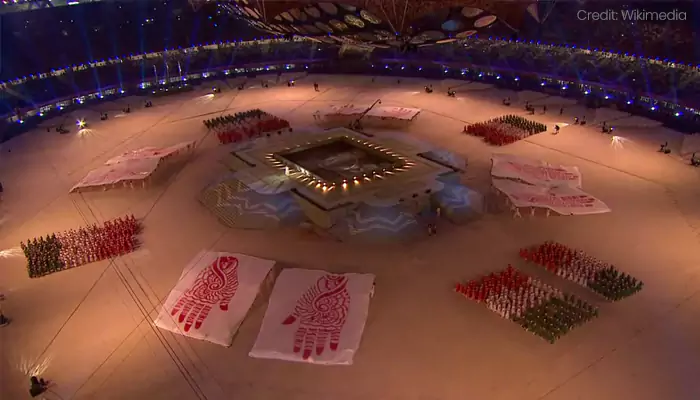
As the nation looks towards Olympic Vision 2036, the Commonwealth Games remain a proving ground — a place where Indian athletes test themselves against the best
August in India is a month rich with history and pride. It’s the season of flags unfurled, school parades, and stories that remind us of how far we’ve come. But beyond politics and policy, there’s another stage where the tricolour has risen repeatedly — the Commonwealth Games.
Imagine London in 1934. Six Indian athletes — far from home, competing under a different flag — take their marks. Among them is Rashid Anwar, who will make history as the first Indian to win a Commonwealth medal: a bronze in the men’s 74kg freestyle.
It’s the quiet beginning of a journey that, over nearly eight decades, will see India emerge as a sporting force ranked 4th all-time with 564 medals — 203 gold, 190 silver, 171 bronze.
The early decades were challenging. After independence, India’s participation was regular, but the number of medals was few. That changed in 1958 at Cardiff, when legendary sprinter Milkha Singh became the first Indian to win gold, taking the men’s 440 yards. In the same event, heavyweight wrestler Lila Ram achieved another top podium finish, while Stephanie D’Souza and Elizabeth Davenport made history as the first Indian women to compete.

Credit: Sportszone
The 1970s and ’80s saw wrestling and weightlifting dominate India’s medal tally. Women’s success began to accelerate — Ami Ghia and Kanwal Thakar Singh claimed badminton’s first women’s medal in 1978. By the 1990s, weightlifter Raghavan Chanderasekaran and pistol shooter Jaspal Rana were rewriting the record books, with Rana eventually earning 15 Commonwealth medals, including nine golds.
Hosting the Games in 2010 was more than just a sporting event — it was a national statement. Under the lights of Jawaharlal Nehru Stadium, India delivered its best-ever performance: 101 medals (39 gold, 26 silver, 36 bronze), finishing second on the medal table.

Credit: Olympics
Shooting was the crown jewel, followed closely by wrestling and weightlifting. Shera, the tiger mascot, became a household figure, symbolising India's sporting ambition.
Since the 2000s, India has consistently been close to the podium. Manchester 2002 secured 69 medals, Melbourne 2006 earned 50, and the Gold Coast 2018 achieved 66, with Manika Batra becoming a table tennis icon.

In the most recent Birmingham 2022 edition, India finished with 61 medals — 22 gold, 16 silver, 23 bronze — even without shooting, its traditionally strongest sport.
A quick look at the medal table reveals India’s strengths:
Each sport has its heroes — from Milkha Singh’s solitary sprint in the ’50s to Mirabai Chanu’s record lifts in the 2020s.

The Commonwealth Games story isn’t just about sport — it’s about resilience, evolution, and national pride. Every medal signifies years of effort by athletes, coaches, and administrators.
It reflects the shift from individuals training in modest facilities to a nation investing in high-performance centres and competing on the global stage. In 79 years, India has progressed from sending six hopefuls to London to deploying large, medal-rich teams that inspire millions.